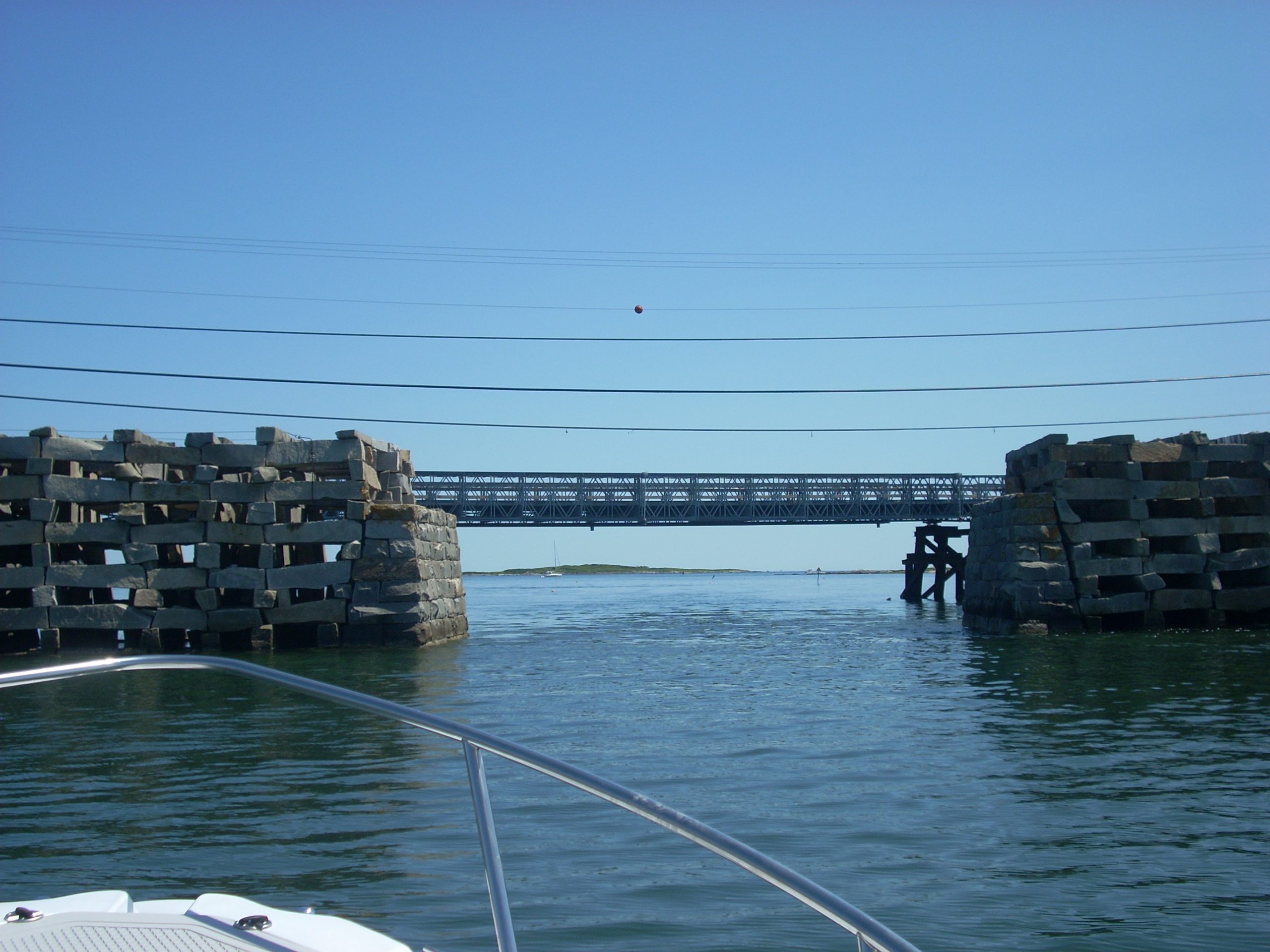
Model I Consultation
Model One assumes that one should take immediate and primary responsibility for any change that is to take place in the life of a person or in the life of an organization. One changes things by doing it himself or herself, rather than by somehow convincing other people that they should implement it. The Model One practitioner is an administrator, an implementor, an activist. Typically, the Model One practitioner serves in the role(s) of expert, designer and/or controller. Usually, the Model One consultant is in the business of Level One Change—in large part because this practitioner has become part of the system that is being changed.
To begin use of a nautical analogy that shall be employed in describing all four models, the Model One practitioner plays the role of the captain of the ship. One of the primary responsibilities of the ship’s captain is to bring the ship safely to the entrance of the harbor. At this point, as we shall note below, the captain either gives up control to a tugboat captain (Model II) or a harbor pilot (Model III), or retains control, but seeks guidance from the signals emitted by the harbor lighthouse (Model IV).
Between harbors, the ship’s captain is in charge. As the captain of an organization or captain of one unit in an organization, the Model One practitioner uses position power or reward and punishment power in order to determine the direction of or guide the implementation of a specific change in the organization or in the life of a specific person. One who aspires to Model One effectiveness will seek to move into a position of power in the organization (such as Manager of Training and Development, Director of Personnel, or head of an operational unit in the organization). He or she may also attempt to influence or control rewards that are offered by the organization (e.g. becoming administrator of a professional growth fund in a college or becoming manager of an employee compensation or merit pay plan in a corporation). If one has neither position power nor the capacity to reward or punish other people in the organization, then Model One change is unlikely to occur as a result of one’s initiative.






